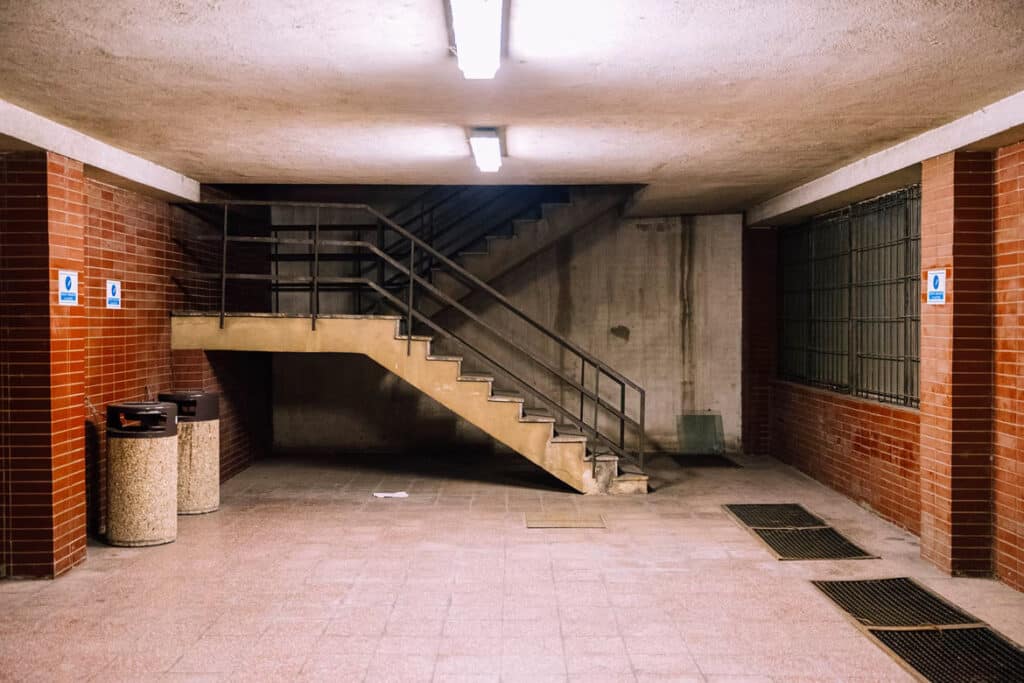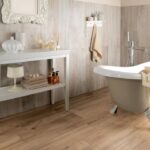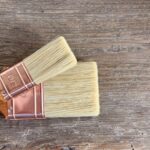Basement Waterproofing Solution can lead to mold and mildew, all kinds of microscopic fungi, and worse. Gradually, such issues combine to compromise the integrity of your property, both structurally and aesthetically. Thankfully, affordable DIY-friendly basement waterproofers are now available.
Waterproofing sealants are a major necessity for homes with basements. Given that basements are almost always damp, with the walls saturated in water from the floor and everything that falls into it, a basement waterproofing sealer is one of the best investments you can make.
In this article, we will discuss two of the more popular basement waterproofing solutions available on the market: Drylok vs Radonseal.
Table of Contents
Drylok vs Radonseal: Overview
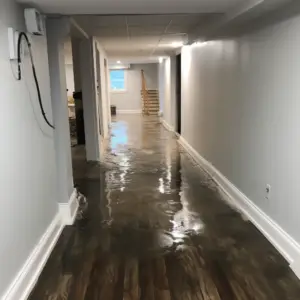
Drylok is a longtime leader in the basement waterproofing niche and it stands out for many reasons. The company guarantees results on all masonry walls, interior/exterior, and above all below grade. Drylok is a paint made of latex and oil with sealant properties.
Radonseal, on the other hand, has been a leading penetrating concrete sealer for the preservation and protection of concrete blocks, basements, commercial, and residential concrete since its inception in the late 1990s.
Basement Waterproofing Solution is used for strengthening and waterproofing heavyweight concrete and high-strength cementitious building materials. This product is meant to seal the pores and capillaries of concrete against water and water vapor, reducing basement moisture and humidity.
Drylok Waterproofing Solution
As mentioned earlier, Drylok is a product that is used to stop water seepage on interior masonry walls. It is ideal for sealing basement foundations, and primary block foundations and can be used on concrete as well.
Note that the reason you need to seal your basement foundations is that the foundation is porous. Moisture can come through the concrete and blocks and cause a lot of problems under the property.
Therefore sealing is an integral part of the process of ensuring your basement is dry and clean. Thankfully, Drylok prevents all of this water seepage after its application.
While Drylok is available in several options, you might want to opt for DRYLOK Extreme for maximum protection. This version is recommended for the most demanding conditions and is capable of subsiding the hydrostatic pressure equivalent to a 33-foot-tall wall of water.
Fundamentally speaking, DRYLOK Extreme does what other options do, only better. Thanks to the special added ingredients such as the non-hazardous biocide, this waterproofer is capable of preventing precisely the sort of mildew growth that occurs in basement floors and walls.
Radonseal
Radonseal comes in several variations. These are most prevalent. Radonseal Standard is for good-condition indoor and outdoor poured concrete under 20 or 5 years old.
Plus is designed to seal bigger concrete pores with more minerals. It works on exceptionally porous poured concrete indoors and outdoors over 20 and five years old. It works for concrete blocks and cinder bricks that have seenped water.
Radonseal is generally selective about which surface it bonds; thanks to its reactive ingredients. According to the company’s website, Radonseal can protect your home against cracking, dusting, efflorescence, and other damage over time. Plus, it’s a non-toxic formula. Your family can breathe and live healthier without having to worry about concrete dust.
Note that for the sealant to react with the concrete, the concrete itself must be dry inside. Otherwise, it would simply sit inside the water-saturated pores and wait until the water evaporates. But water pressure and downpours may push the product out of the concrete.
The best part about Drylok and Radonseal is that both can be applied in successive back-to-back applications on the damp surfaces about 30-45 minutes apart.
Things to Consider When Buying Basement Waterproofing Sealer
While basement waterproofing solutions are widely available, it is important that you keep a few factors in mind before investing in one. These include:
The lifetime of the Product
The longevity of any waterproofing solution is an important factor to consider especially when you want it to last for many years. That means you will have to get one that can withstand harsh weather conditions and the test of time. Otherwise, a lot of waterproofing agents require annual reapplication.
Basement Waterproofing Solution looking for a sealer that will offer a lot of use, you’ll be wise to invest in bulk so that you have enough for many years to come. This will save you money in the long run, considering that you won’t have to buy another one any time soon.
Fortunately, both the Drylok and Radon seal are available in different sizes, so you can easily get what will last long enough for your needs.
Application
Ease of use is yet another essential factor to think through. The product itself should be easy to apply with no hassle at all. If it is too difficult or complex to work with, chances are you won’t get the best end results.
Amount of time
The time you want to apply the sealant also matters. Well, it may sound like an odd point but some products call for up to 4 hours of applications to deliver considerable results. While this can be a lot of waiting, factors like these may affect the type of waterproofing solution you should buy.
Generally, basement waterproofing sealers are sold in buckets and the volume you should get will be determined by the size of your basement. For instance, you might want to buy five or ten liters of sealing compound for a one-bedroom apartment, but for a large bungalow, 30-50 liters would be a viable move.
Reputation
The reputation of the waterproofing solution is another factor to consider. Check through the comments and reviews left behind by customers who have tried using these products before. Thankfully, Drylok and Radonseal are some of the well-known basement sealants you can count on. Professional contractors, DIYers, and basement waterproofing companies alike can all benefit from either option.
Best Concrete Sealer For Radon
Radon concrete sealers come in breathable and non-breathable forms. All penetrating radon concrete sealers—which are considered “breathable” —will allow some radon to pass through the surface of sealed concrete.
Sodium silicate densifiers and other forms of silicone-based sealers are able to slow the flow of a tiny percentage of Radon through pores but cannot completely stop it.
Non-Breathable radon concrete sealers, on the other hand, are able to reduce the flow of radon through sealed concrete surfaces significantly.
Non-breathable sealers for radon are typically a two-part epoxy system that must be mixed before use. They are typically applied in two coats and allowed to cure for up to 48 hours between applications.
RadonSeal Plus is also a good option as it penetrates concrete up to 4 inches and blocks water seepage and radon gas.
Radonseal Review
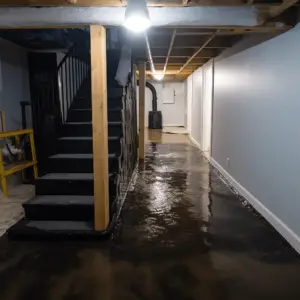
It is a radon concrete sealer designed to seal concrete surfaces and reduce moisture penetration in buildings. It’s also used to protect against chemical stains and rust.
According to consumer reviews, this product does a decent job of sealing concrete. The seal is not as strong, however, as some other systems formulated to reduce radon gas. This means that it may be more difficult for you to achieve the desired level of protection against Radon gas penetration.
Where to Buy Radonseal
Radonseal is available online and in hardware stores. Amazon and other internet vendors sell it.
The product has standard and plus versions. It works for indoor or outdoor concrete poured within 20 or 5 years. Due to its poor performance on tight concrete, RadonSeal Plus should not be utilized.
RadonSeal Plus seals older, porous or waterlogged concrete better.
You can also purchase a kit with the sealant and a roller to apply it.
How to Apply Radonseal
Do not apply RadonSeal to concrete slabs that are still wet because water between the slab and the sealer will prevent it from setting properly.
Basement Waterproofing Solution is best to wait until a block has stopped leaking and the rainstorm season is over before sealing it.
Spray RadonSeal evenly onto the surface so that it forms a continuous film.
For a smoother finish, apply another coat of concrete sealer 30 minutes after the first application. Apply three coats for best results on concrete blocks.
After the final application, rinse treated surfaces and scrub them well with a bristle broom within 30 minutes.
